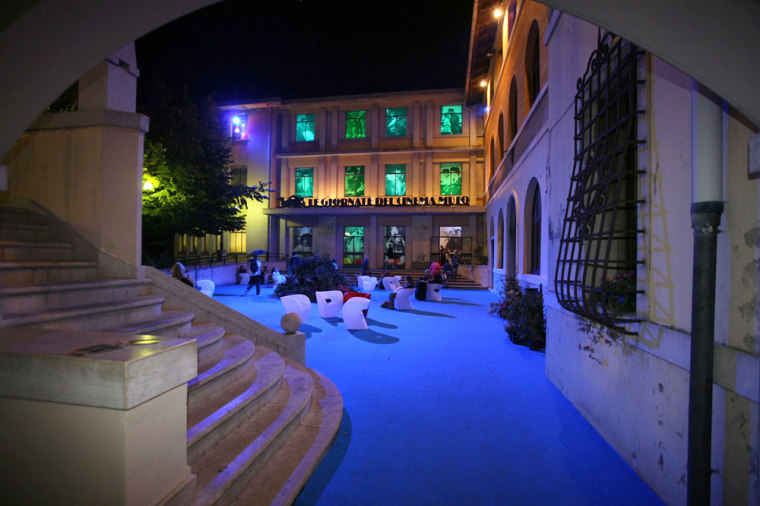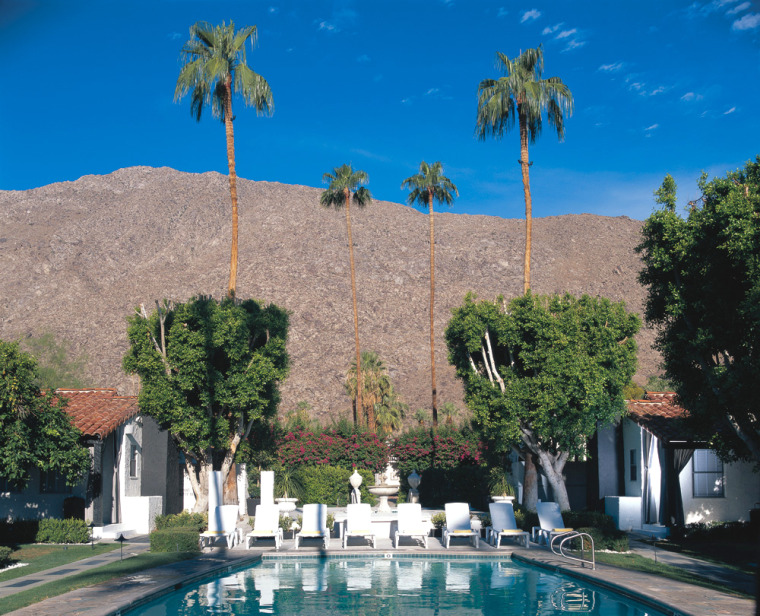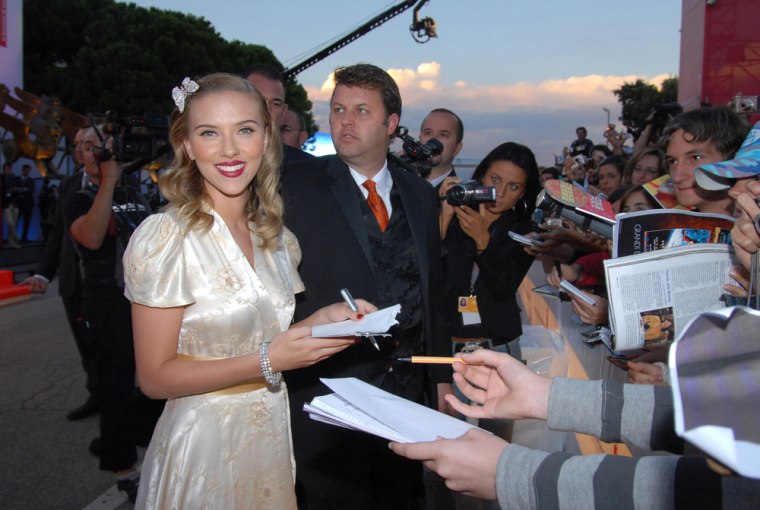Going to the movies is often the perfect escape from the stresses of daily life. But for some movie buffs, just seeing a film is not enough: The venue itself must be as dramatic, romantic or exotic as the movie they are watching. For those looking for adventure both vicarious and actual, film festivals provide anywhere from a weekend to two weeks' worth of film-viewing and party-going in locales that generally qualify as beautiful and exciting. The cities where this elite group of film festivals take place are worth a trip in their own right; each of the festival cities listed here provide a backdrop as glittering and glamorous as the stars who attend the premiers and parties.
The allure of attending one of these festivals is first and foremost the access they provide to anywhere from dozens to hundreds of films. “The amazing thing about festivals is that you can literally watch films from eight in the morning until two in the morning,” says Jennifer Holt, an Assistant Professor of Film and Media Studies at the University of California, Santa Barbara. But as Holt explains, it is not just the films, but the fan-filled crowds, that make immersing yourself in the movie-going experience so pleasurable. “When you are there, you are surrounded by other crazy people who want to watch films all day and night, too. Every showing is packed—even at midnight. You are among people who are just as passionate about film as you are. And you feel like you have come home. It can be so much fun that you can easily forget to eat or sleep.”
What makes prestigious film festivals like Cannes, Berlin, or Toronto unique is that they showcase films that premier at the festival. The Telluride Film Festival, located in the ski resort town nestled in the Colorado Rockies, will only feature films that have not yet been screened at other venues in the United States. With no awards given, the allure of Telluride is in its insider feel. Without competition between films, the camaraderie felt between filmmakers and filmgoers flourishes. And the quality of the talent seen at Telluride is of the highest caliber. This is where North American audiences first saw Billy Bob Thornton’s “Sling Blade,” Michael Moore’s “Roger & Me,” and Robert Rodriguez’s “El Mariachi.”
But some film festivals are not about celebrating new films. One of the most prestigious—and beloved—festivals of true cinephiles is the Le Giornate del Cinema Muto in Pordenone, Italy, a festival of silent film. For one week in mid-October, film historians, film lovers, collectors, and archivists from around the world gather together in the small town of Pordonone, fifty miles northeast of Venice, to watch dozens of silent films in the hundred year old Teatro Cinema Verdi.

Festivals attract not only great films, but filmmakers and stars as well. Directors find attending festivals an extraordinary way to meet and interact with audiences, buyers, fans, and other filmmakers. Tim Sternberg, who premiered his short film, Salim Baba, this past Spring at the Tribeca Film Festival and is about to embark on the festival circuit, found his experience at Tribeca a fabulous adventure in and of itself. “Tribeca is completely international. I met filmmakers from Turkey and New Zealand. In a vast city, it is easy to get caught in your own groove. But during the festival, I found myself one in a roving band of filmmakers. We were palling around the city, finding our way in this new adventure together.” Being in the middle of a roaming party within a bustling metropolis clearly adds to the attraction of the festival.

For documentarian Kevin Fitzgerald, SXSW was the perfect venue to show his film “Freestyle: The Art of Rhyme.” “Being at SXSW gave us an experience to not only reach our target audience but also to network with press and industry that helped us gain greater exposure. The best part was the parties and live music … If you’re a hot film they really treat you right.”
Phil Benson, Director of Production at Skywalker Sound and self-professed film fanatic, is also particularly fond of the SXSW (pronounced South By Southwest) Film Festival. “Austin is bohemia in Texas, and SXSW is the best way to take it in. You get to experience that remarkable combination of Texas and the arts, see both indie cinema heavyweights on panels—many who now reside there—as well as world premieres of indie, international, and regional features, docs, and shorts.” For Benson, the key to the success of the SXSW Film Festival is how seamlessly it is incorporated into the long-standing North American crown jewel of music festivals, the SXSW Music Festival. Heading to Austin in mid-March allows travelers access to the best of both contemporary music and film.
It is no surprise that the festival that started it all—and continues to be one of the most well-respected and popular festivals in the world—is the Venice Film Festival, the roots of which stretch back to 1932. And with its glorious architecture and winding canals, Venice is a city that more than any other could pass for a film set itself.
